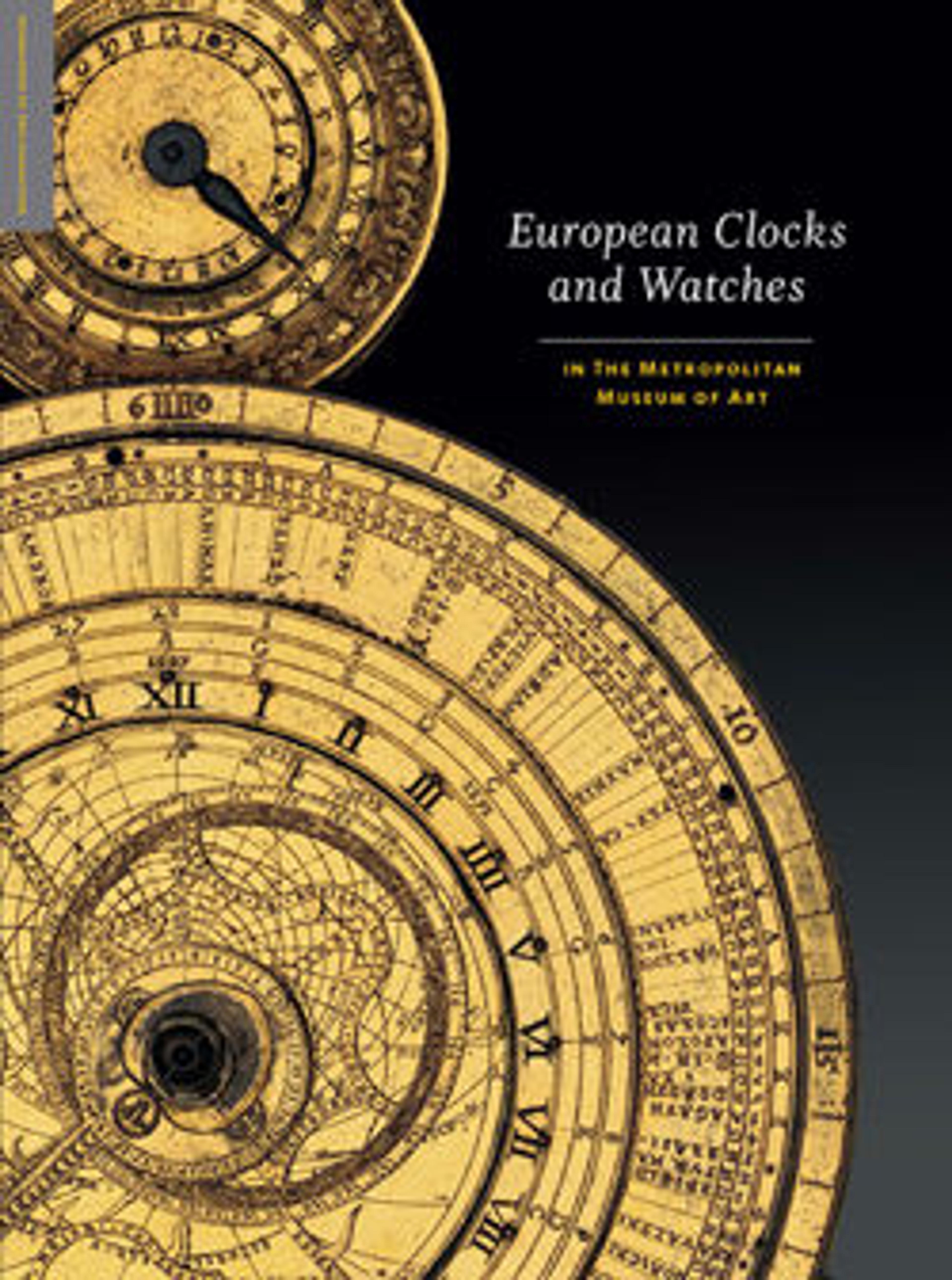Watch
This watchcase displays a technique of setting hardstones in gold that is usually associated with Johann Christian Neuber (1736–1808) of Dresden, although it was probably inspired by enameled gold watchcases made in Paris a few years earlier. Stiehl, who held appointments to Augustus the Strong, King of Poland and Elector of Saxony (1670–1733), and his successor, Augustus III (1696–1763), is known for his floral designs, which are freer and less geometric than Neuber’s. The movement may also have been made in Dresden. P.J. Marperger, author of Horologiographia (Dresden, 1723), a book on the watch and clock market in Germany, wrote that “some important people . . . simply cannot appreciate anything that does not come from France or England.” He advocated a heavy tax on foreign clocks and watches in addition to allowing accredited (meaning German) clockmakers to engrave London or Geneva on their dials.
Artwork Details
- Title:Watch
- Maker:Case maker: Attributed to Christian Gottlieb Stiehl (German, 1708–1792)
- Date:ca. 1770–80
- Culture:probably German, Dresden
- Medium:Case: gold, inlaid with hardstones
- Dimensions:Diameter: 1 3/4 in. (4.4 cm)
- Classification:Horology
- Credit Line:Gift of J. Pierpont Morgan, 1917
- Object Number:17.190.1567
- Curatorial Department: European Sculpture and Decorative Arts
More Artwork
Research Resources
The Met provides unparalleled resources for research and welcomes an international community of students and scholars. The Met's Open Access API is where creators and researchers can connect to the The Met collection. Open Access data and public domain images are available for unrestricted commercial and noncommercial use without permission or fee.
To request images under copyright and other restrictions, please use this Image Request form.
Feedback
We continue to research and examine historical and cultural context for objects in The Met collection. If you have comments or questions about this object record, please contact us using the form below. The Museum looks forward to receiving your comments.
